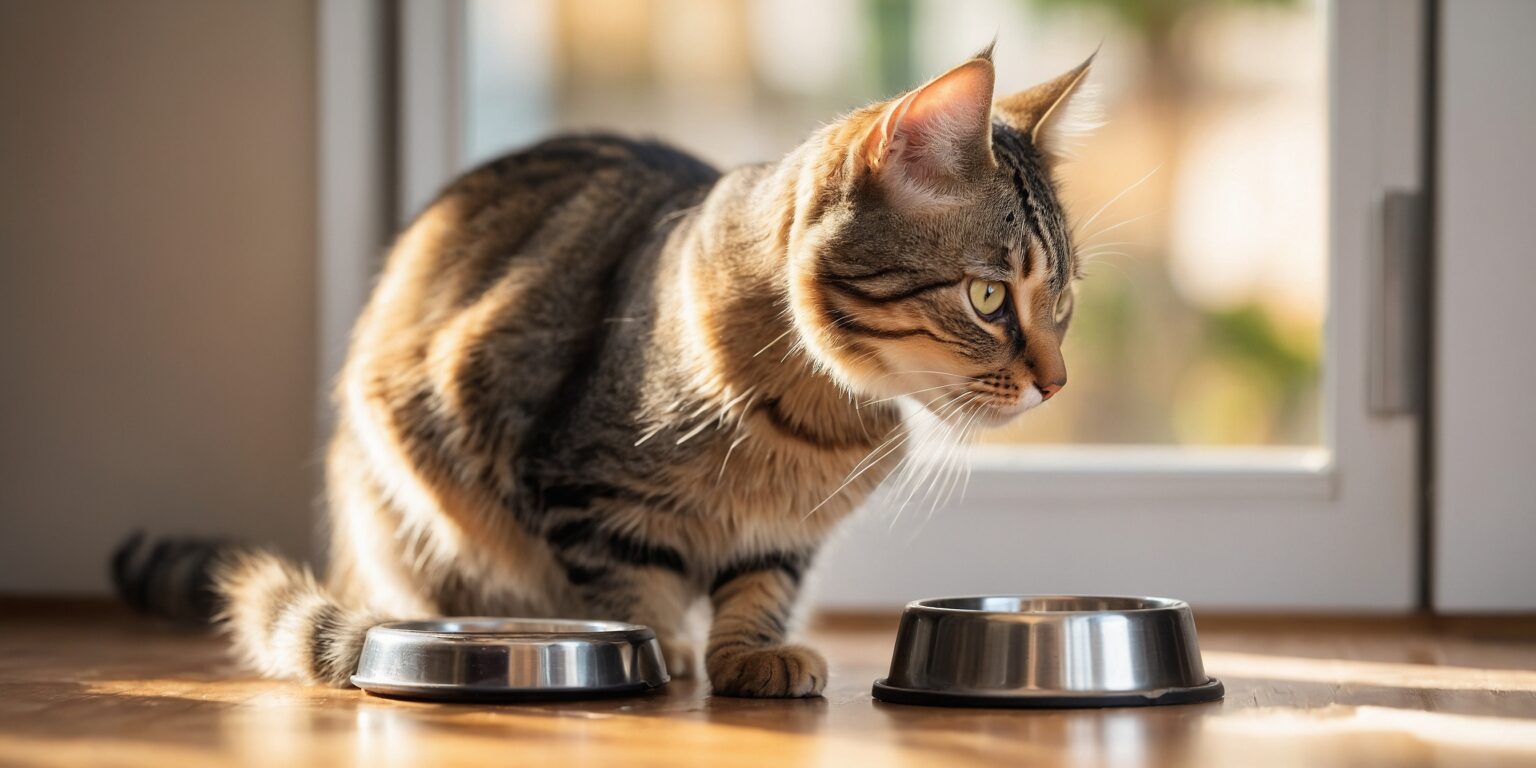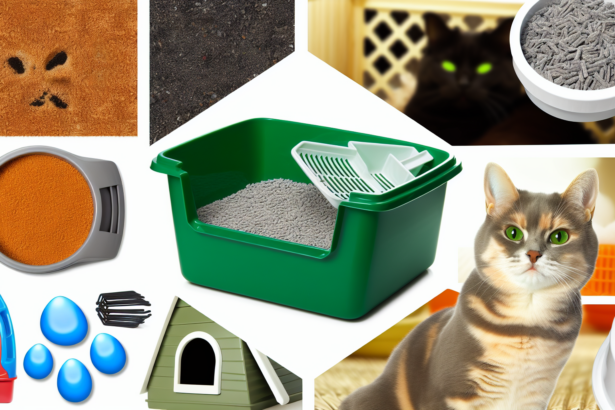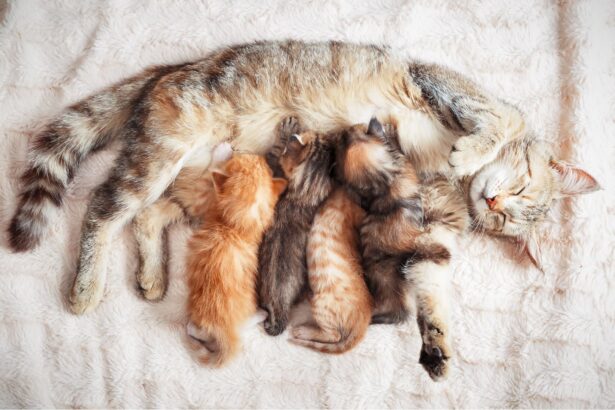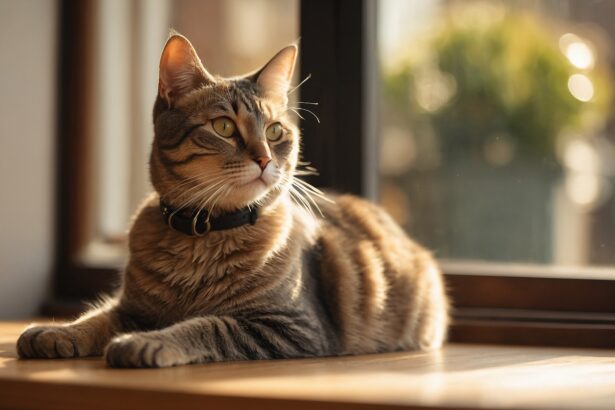Introduction
Ever watched your kitty paw at the rug or tiles and wondered why cats scratch the floor? This quirky ritual is more than a random habit—it’s a message, a mood, and sometimes a clever little life hack from your feline.
- Introduction
- Marking territory: the silent message in every scratch
- Bathroom etiquette: scratching around the litter is instinct
- Stress and emotions: when scratching is self‑soothing
- Comfort ritual: preparing the perfect nap spot
- Food caching: the bowl-side scratch
- Conclusion
- FAQ: Why do cats scratch the floor?
Understanding what’s behind those rapid little scrapes helps you protect your home while keeping your cat confident and content. Ready to decode the scratch?
Marking territory: the silent message in every scratch
Scratching is your cat’s way of “writing” on the world. Their paw pads release pheromones, leaving a scented signature that says, “I live here, and I feel safe.”
- It strengthens their sense of security in familiar spaces.
- It broadcasts their presence to other animals—without any drama.
- It stretches and conditions the muscles and tendons in their forelimbs.
Where and how they prefer to mark
- Near doors and passageways—true strategic spots.
- Close to sleeping areas and favorite chill zones.
- On horizontal textures (rugs, mats) as much as vertical ones (sofas, posts).
Gentle ways to guide the behavior
- Offer both vertical and horizontal scratchers in key locations.
- Place one by the sofa corner or doorway your cat already targets.
- Reward with a tiny treat the second they use the “yes” spot.
Want a practical plan to protect your furniture too? Try these gentle, effective anti-scratch strategies that actually work with feline instincts.
Original tip: Rotate the position of a horizontal scratcher weekly between two doorways. Novelty keeps interest high, and the scent map grows where you want it.
Mistake to avoid: Don’t cover scratchers with strong scents (like citrus). You’ll push your cat back to your rug. Instead, make the “yes” area more appealing than the “no.”
Curious about the science behind scratching and pheromones? International Cat Care explains it clearly here: Why do cats scratch?
Bathroom etiquette: scratching around the litter is instinct
When cats scratch after using the litter box, they’re burying evidence—a survival instinct that still runs deep.
- They hide scent to avoid attracting potential predators (even indoors).
- They keep their living space clean and reassuring.
- They often learn this by watching their mother cat as kittens.
Set up a litter box they’ll love
- Choose unscented, fine-grain litter and keep it 5–7 cm deep.
- Size matters: the box should be 1.5 times your cat’s body length.
- Clean daily; a tidy tray reduces excessive floor scratching nearby.
Not sure which litter to pick? Explore textures, sizes, and smart placements with this complete litter guide to help your cat feel at ease.
If your cat suddenly starts over-scratching around the box, check for cleanliness, changes in litter type, or possible discomfort. Any abrupt change deserves a quick chat with your vet.
Stress and emotions: when scratching is self‑soothing
Sometimes floor scratching acts like a feline “reset button.” It can intensify after a move, a new pet, or noisy visitors.
- Look for patterns: more scratching after stress triggers or routine changes.
- Notice other signals: hiding, overgrooming, or reduced appetite.
- Give control back: routines, safe hideaways, and high perches help.
Ease tension with small, steady changes
- Introduce new items gradually and keep feeding/play times predictable.
- Create a calm zone with a cozy bed, water, and a view from up high.
- Try feline pheromone diffusers to reinforce “this place is safe.”
For a deeper read on calming techniques and telltale signs, visit our guide to helping a stressed cat.
Common mistake: Never punish stress scratching. It raises anxiety and can make the behavior worse. Redirect gently and praise what you want to see.
Comfort ritual: preparing the perfect nap spot
Before settling in, many cats scratch to “nest.” They test the surface, shape it to their body, and leave familiar scents for deeper relaxation.
- Soft blankets, cushy beds, and sturdy mats are favorites.
- High perches feel safe and quiet—ideal for uninterrupted naps.
- Textures matter: sisal, cardboard, and tightly woven fabrics invite scratching.
Set up irresistible resting zones
- Place a soft bed where your cat already chooses to doze.
- Add a horizontal scratcher beside it to channel that pre-nap ritual.
- Keep the area warm, quiet, and slightly elevated if possible.
Wondering why kneading often joins the pre-nap routine? Here’s a friendly explainer on why cats knead and what it says about their emotions.
Fun fact: Cats have scent glands in their paw pads. Every scratch blends a workout, a manicure, and a “this is my comfy zone” signature.
Food caching: the bowl-side scratch
Does your cat scratch the floor around their dish? They may be trying to “save for later,” just like burying leftovers in the wild.
- It’s especially common with strong-smelling wet food.
- Some cats prefer to eat in multiple small sessions.
- Scratching around the mat keeps the area “theirs.”
Simple tweaks for tidy mealtimes
- Use a washable silicone mat that can take a little scratching.
- Offer smaller, more frequent portions to reduce the “stash it” urge.
- Pick a quiet feeding corner away from foot traffic.
Curious about this bowl-side behavior specifically? Here’s our deep dive on scratching around food bowls.
Original tip: Sprinkle a pinch of treat dust (crushed freeze‑dried treats) directly on the approved mat. It redirects the scratch there and turns the mat into a positive, food-safe zone.
Conclusion
From scent-marking to stress relief, the reasons why cats scratch the floor are as practical as they are instinctive. Offer the right textures in the right places, guide with rewards, and you’ll protect your home while honoring your cat’s needs.
The goal isn’t to stop scratching—it’s to make scratching work for both of you, beautifully and kindly.
FAQ: Why do cats scratch the floor?
- Why is my cat scratching the floor near the sofa? They’re marking territory and enjoying the stretch. Add a scratcher right at that corner to redirect.
- How do I stop floor scratching around the litter box? Keep litter deep and clean, use unscented types, and ensure the box is large and easy to access.
- Is floor scratching a sign of anxiety? It can be. Look for other stress signs and support with routine, safe spaces, and gentle redirection.
- Why does my cat scratch around the food bowl? It’s caching behavior. Offer smaller portions and a sturdy feeding mat to channel the instinct neatly.








